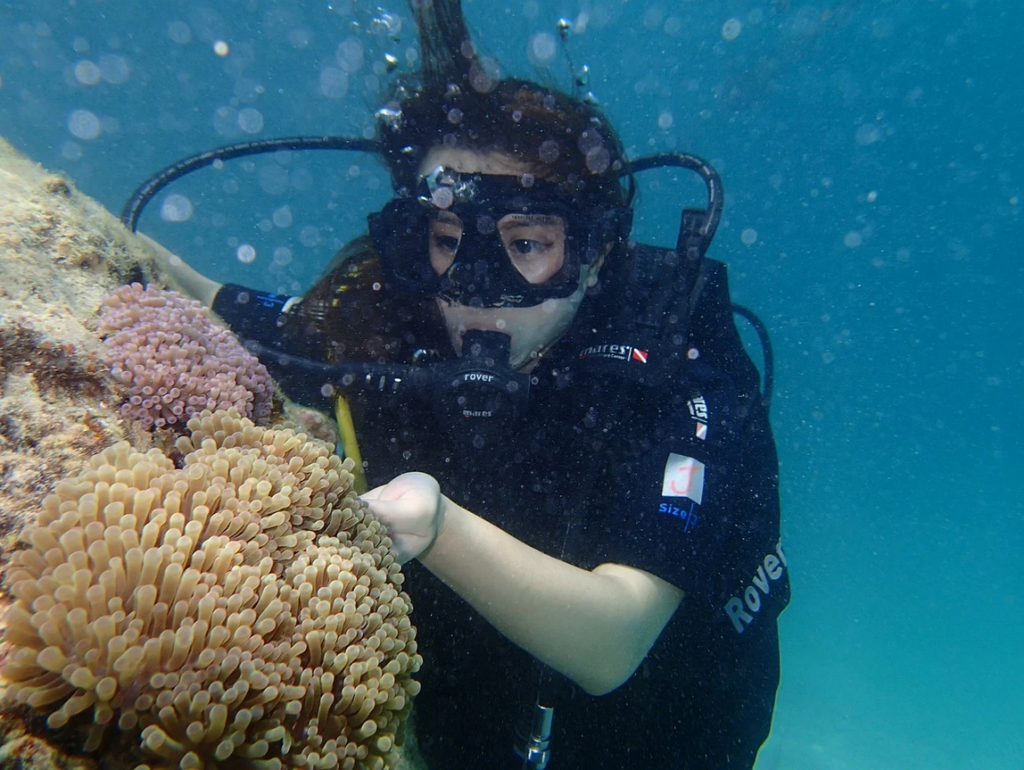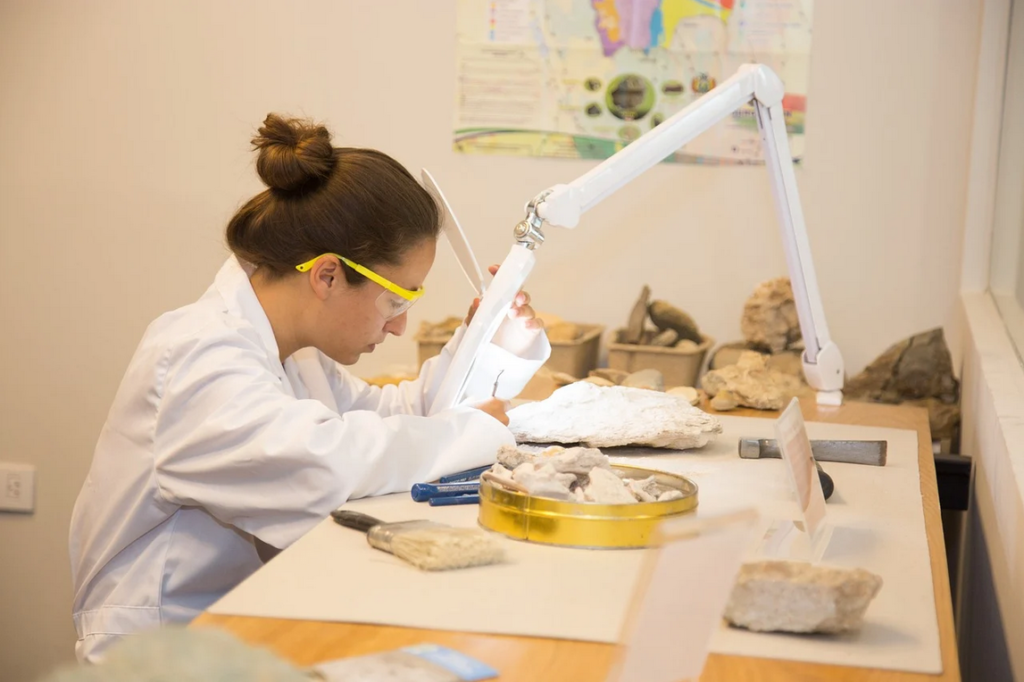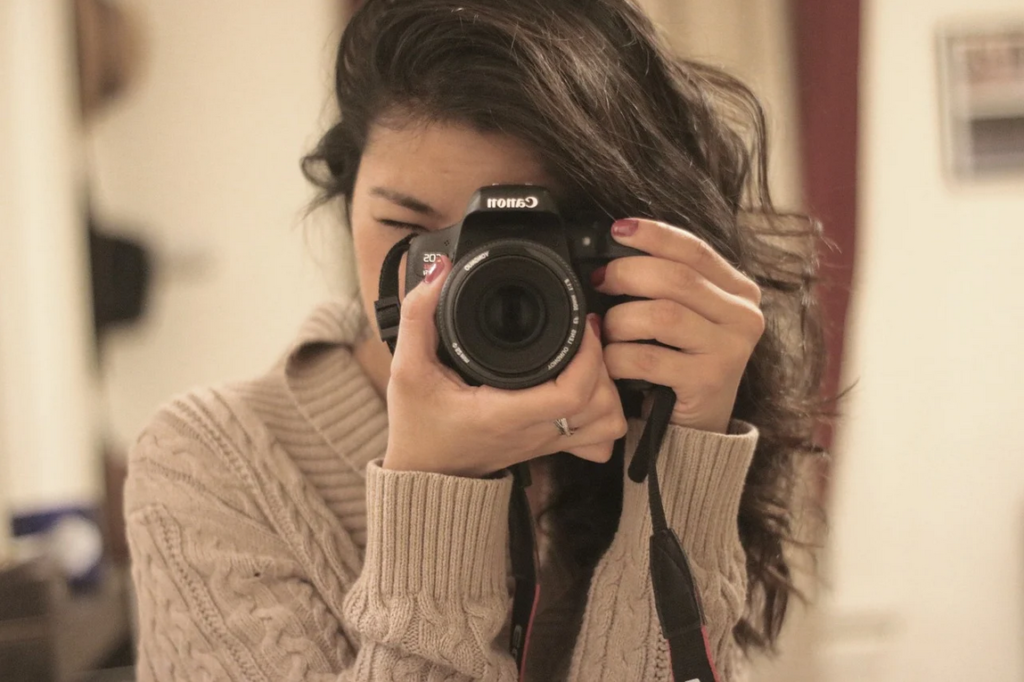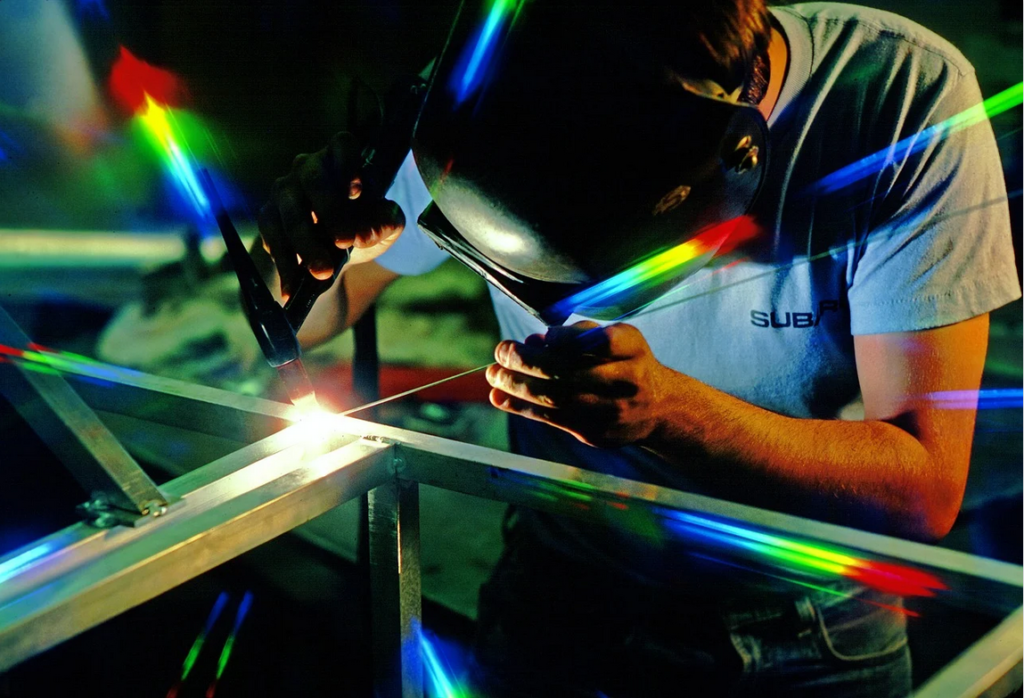How a Single-Celled Organism Finds its Way From the Sea Into Outer Space
by Team FORAREX

Fig. 1: Maximum relaxation – lounging on the seabed and swaying to the rhythm of the waves. Copyright © StockSnap 2017 / Pixabay
Imagine you are living under the sea. You see the suns rays shining through the water. There is sand beneath you. The water flows around you to the rhythm of the wave – and you sway with it (see Fig. 1). Everything feels very pleasant. You are thinking how wonderful your home is. The waves, the light – everything is perfect.
But suddenly a dark shadow looms over you – and this shadow takes you out of this paradise and catapults you into space! Isn’t that a disturbing and rather improbable idea?
But that is in fact my story.
Who am I?
Allow me to introduce myself. My name is Fora and I belong to the group of foraminifera. I am neither an animal nor a plant, but a single-celled organism. For a unicellular organism, I am unusually large. Unlike bacteria and yeast cells, you can see me with the naked eye. While some other species in my phylum look like popped popcorn or little stars, I am spiral-shaped like a snail.
My favourite food is plankton, including diatoms and flagellates. I catch them with my filamentous pseudopodia (see Fig. 2). These are like delicate little arms that I can also use to move around. Very practical!
What lies behind the shadow?
The shadow is a hand, belonging to the arm of a marine biologist (see Fig. 3). This marine biologist obviously finds me very chic, because she watches me for a long time with great fascination. Apparently she thinks a lot about how I look and what I can do. I feel very honoured.

Fig. 3: During a dive, the marine biologist discovers the small foraminifera. She wonders whether the single-celled organism can also grow outside the ocean depths and whether a change of environment influences its shell growth. Copyright © Xin Yu Qiu 2016 / Pixabay
She seems to have a good idea, because now the marine biologist is bringing an ecologist (see Fig. 4) with her. The ecologist finds my algae very exciting. They are my roommates and it is really good that they exist! I protect them. In return, they provide me with sugar and oxygen when the sun shines. Together we form a symbiosis.

Fig. 4: Similar to land-dwelling plants, algae can conduct photosynthesis and thus obtain energy in the form of sugar. The ecologist realises that due to the symbiosis with the algae, the foraminifera can be self-sufficient for a certain time without additional feeding. Copyright © Nadeem Khan 2021 / Pixabay
Little by little, the marine biologist brings more and more people to observe and analyse me. I know by now that they are aspiring scientists and technicians, all still quite young. They don not seem to have anything else to do but make a big fuss about me every day.
There is also a geologist (see Fig. 5) in this odd team. She admires my calcareous shell. After all, it is my pride and joy!
I build up the calcareous shell chamber by chamber in the course of my life. Whenever I have formed a new chamber at a small opening, I first have to rest. After all, that is quite exhausting.

Fig. 5: Geologists use fossil foraminifera to determine the age of marine and brackish water sediments as well as ecosystems in the geological past. Copyright © Brena Geisse 2018 / Pixabay
By the way, my name “foraminifera” means: organism that bears a small opening. My shell is porous, therefore somewhat permeable. That’s actually quite good, because it allows me to absorb gases – such as oxygen – from the water. Nevertheless, it is stable enough to protect me and – not to forget – my algae roommates. A real masterpiece! I learn that I play an important role in the ecosystem. I am important for determining water quality and an elementary producer of chalk.

Fig. 6: Cell staining is a useful method for highlighting defined cell components. The chemist tests with which colouring the pseudopodia are best visible for a camera shot. Copyright © PublicDomainPictures 2013 / Pixabay
I have also already met the chemist (see Fig. 6). He seems to want to know everything in detail. It is a mystery to me why he examines my beautifully transparent, jelly-like little arms so thoroughly. All the time he mumbles terms like carbonate…, calcium…, carbon dioxide… and such things. I just use my little arms to eat and move around. But he talks about approximate weightlessness – also called microgravity – and how it changes the behaviour of the arms.
He even tries to make them visible, but why? His coloured liquids in the long, narrow glasses scare me. And what is meant by weightlessness? The chemist says I wouldn’t have any weight. But I’m not heavy anyway.
Even crazier than the chemist is the PR spokeswoman (see Fig. 7). She keeps taking selfies with me for some “followers”. Apparently there are lots of people, well… followers, who want to watch me. Scientists in particular find me exciting because of the special structures of my calcareous shell. If they change in microgravity, new areas of application can be found. Unless I do well.

Fig. 7: The press officer captures the most beautiful moments and the most important steps of the student project with her camera. Interested people can follow the journey of the foraminifera via the team’s own social media channels. Copyright © Stock Snap 2017 / Pixabay
Why do the students do all this?
The press officer tells me that the team is taking part in the German-Swedish education programme “REXUS/BEXUS” with me to test exactly that. Within this space programme, REXUS is a project for students who want to take their experiments high up in a rocket. “High up” means towards “outer space”. Whether I want to go there, I really don not know.
What exactly is this universe anyway? And what does it mean for me as a foraminifera? After all, I usually live in the sea, that’s my real home!
Sometimes I long for my quiet everyday life back. Now the spokeswoman wants me to pose for the photos, keeping my “little arms further apart”. I seem to be photogenic – at least she is always happy about my beautiful shots.
Help is coming
But there are also quite reasonable people in the team. An engineer (see Fig. 8) is taking care of a new, small house for me and my algae roommates – a mini-shared room, so to speak. Finally someone is doing something tangible, something useful!
It is important to him that the team can watch me all the time, even when I’m flying with the rocket. That is why he locked me in a chamber. Well… but at least the nice engineer is building a sun for my algae. The sun is an LED light that my fellow inhabitants can use to produce sugar and oxygen for us through photosynthesis. I even always get fresh water via a pump.

Fig. 8: The engineer comes to the aid of the foraminifera. He builds a life-supporting system that, like a small aquarium, enables marine organisms to survive outside their aquatic habitats. This dampens the foraminifera’s homesickness for its beloved sea a little. Copyright © Trapeze Mike 2017 / Pixabay
He calls my new home a “flow cell”. In sum, the “flow cell” is the size of a 10 euro cent coin. With this, I am meant to fly with it in a rocket towards outer space. But there is said to be neither air nor water there. Unimaginable! To ensure that my water and air don not simply disperse out into this “universe”, everything has to be encased in a pressure container.
The temperature in my “flow cell” must also be appropriate, of course. I feel comfortable at 20°C (68°F) and this should be maintained. Even if it is -30°C (-22°F) in northern Sweden, where the rocket is launched. That is why scientists call the “flow cell” part of the life-supporting system. Because it ensures my survival in this extreme environment. I like surviving! After the initial fright – this “flow cell” is of course much smaller than my beloved sea – I actually feel quite safe now. Maybe this trip will be good after all.
By the way, the engineer works together with a nerd (=computer scientist, see Fig. 9). What you hear from him is mainly the clattering of keys. Every now and then he chews on his pizza, but does not say much. When the nerd does say something, it has something to do with “Where’s the adapter for the cable?” or “Whew… I still have to program this part”.

Fig. 9: To ensure that all functions of the life support system can also be monitored from Earth, the computer scientist programmes late into the night. Copyright © Innovalabs 2017 / Pixabay
They try all sorts of things to be able to observe me and my state of health even from far away. To do this, they have built in small sensors that measure oxygen and pH value.
Normally, large sensors have to be constantly recalibrated. That is why the nerd took care to get special sensors just for me that you don’t have to calibrate for a long time. They also put in a camera that takes pictures of me.

Fig. 10: 3, 2, 1… Flying to infinity and beyond where a foraminifera has not been before. Copyright © SpaceX 2016 / Unsplash
Soon the time will come. My home is now really going to fly on a rocket (see Fig. 10). I can hardly believe it. I’m actually going into space. In March my rocket will take off from icy Lapland! I’m already pretty nervous, but with the new home I feel safe. The student team is of course a bit excited too, because soon they will find out if I actually behave differently in microgravity.
We’ll see what happens!
| You want to know more about the project?
Project website: http://forarex.de/ FORAREX at the REXUS/BEXUS educational study programme: http://rexusbexus.net/experiments/scientific-research/biology/ |
| More blog articles with FORAREX you may find interesting → Foraminifera – A Hard Shell With a Soft Core → REXUS/BEXUS – Experiments Learn to Fly → Kiruna – All Fired up for an Icy Adventure → 3,2,1… Ready for Take-off! |
Image credits:
[1] Copyright © StockSnap 2017 on Pixabay; URL: https://pixabay.com/de/photos/meer-ozean-blau-wasser-natur-bein-2597935/ [Last access: 14-Nov-2021]
[2] Copyright © FORAREX 2018
[3] Copyright © Xin Yu Qiu 2016 on Pixabay; URL: https://pixabay.com/de/photos/sauerstoffflasche-s%c3%bcdostasien-1249621/ [Last access: 13-Nov-2021]
[4] Copyright © nadeemkhan855920 2021 on Pixabay; URL: https://pixabay.com/de/photos/sonnenblume-botaniker-6722698/ [Last access: 13-Nov-2021]
[5] Copyright © Brenda Geisse 2018 on Pixabay; URL: https://pixabay.com/de/photos/tisch-innerhalb-erwachsene-frau-3323596/ [Last access: 13-Nov-2021]
[6] Copyright © PublicDomainPictures 2013 on Pixabay; URL: https://pixabay.com/de/photos/mann-mantel-menschen-labor-glas-219928/ [Last access: 13-Nov-2021]
[7] Copyright © StockSnap 2017 on Pixabay; URL: https://pixabay.com/de/photos/kamera-linse-fotograf-fotografie-2607298/ [Last access: 13-Nov-2021]
[8] Copyright © Trapeze Mike 2017 on Pixabay; URL: https://pixabay.com/de/photos/schwei%c3%9fer-schwei%c3%9fen-arbeit-wagen-3018425/ [Last access: 13-Nov-2021]
[9] Copyright © Innovalabs 2017 on Pixabay; URL: https://pixabay.com/de/photos/software-entwickler-web-entwickler-6521720/ [Last access: 13-Nov-2021]
[10] Copyright © SpaceX 2016 on Unsplash; URL: https://unsplash.com/photos/yJv97tE7GDM?utm_source=unsplash&utm_medium=referral&utm_content=creditShareLink [Last access: 14-Nov-2021]









Leave a Reply